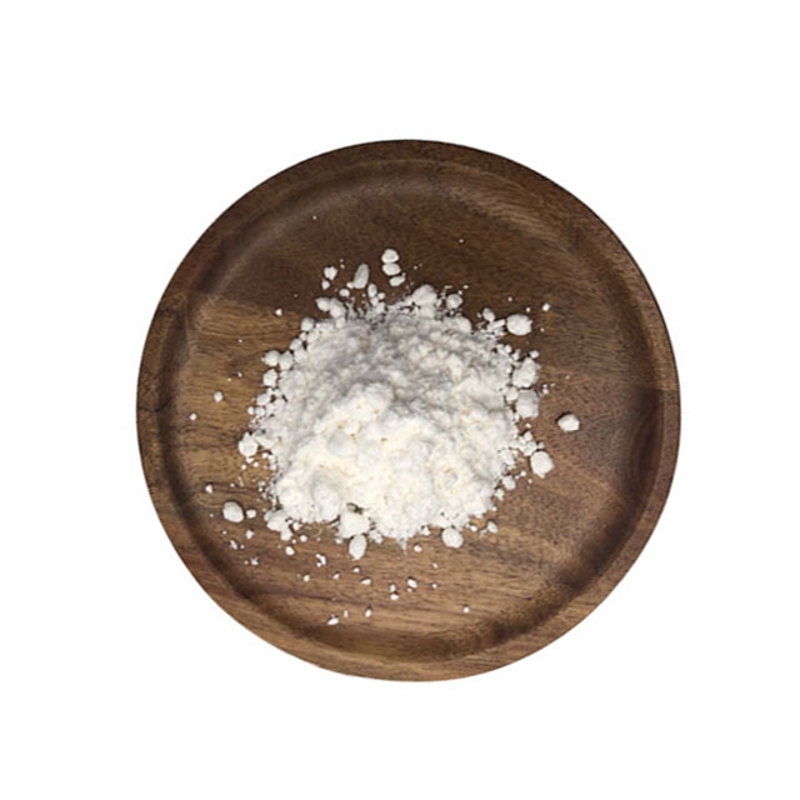-
Categories
-
Pharmaceutical Intermediates
-
Active Pharmaceutical Ingredients
-
Food Additives
- Industrial Coatings
- Agrochemicals
- Dyes and Pigments
- Surfactant
- Flavors and Fragrances
- Chemical Reagents
- Catalyst and Auxiliary
- Natural Products
- Inorganic Chemistry
-
Organic Chemistry
-
Biochemical Engineering
- Analytical Chemistry
- Cosmetic Ingredient
-
Pharmaceutical Intermediates
Promotion
ECHEMI Mall
Wholesale
Weekly Price
Exhibition
News
-
Trade Service
Gallbladder cancer (GBC) is the most common biliary malignancy, accounting for 80-95%
of biliary malignancies.
At present, radical resection is still the most effective treatment
.
However, some patients with GBC often experience recurrence and metastasis
even after radical surgery.
According to statistics, about 30-50% of patients will experience recurrence
within 5 years after surgical resection.
Postoperative adjuvant chemoradiotherapy is an important treatment option
for patients at high risk of recurrence.
Therefore, reliable prognostic markers are needed to identify patients at high risk of recurrence and optimize personalized treatment decisions
.
Radiomics, which transforms qualitative, raw medical images into quantitative, mineable data, is gaining increasing clinical attention
.
Radiomics has been reported to be a reliable predictive method
for GBC patients.
However, to our knowledge, no radiomic analysis
for GBC recurrence prediction has been found.
Recently, a study published in the journal European Radiology developed a radiomic feature based on preoperative enhanced CT to predict recurrence-free survival (RFS) of GBC patients, and further constructed a nomogram model for predicting individual RFS by integrating clinicopathological factors and radiomic features, which provides imaging support
for accurate and non-invasive evaluation of the prognosis of GBC patients before clinical surgery.
This study retrospectively included 204 consecutive patients with pathologically diagnosed GBC and randomized to development (n = 142) and validation (n = 62) (7:3).
The radiomic features of
the tumor in each patient were extracted from preoperative contrast-enhanced CT imaging.
In the development cohort, the minimum absolute contraction and selection operator (LASSO) Cox regression method was used to develop radiomic features
predicted by RFS.
Based on the median radiomics score, patients are stratified into high or low groups
.
A nomogram model was established by incorporating important pathological predictors and radiomic features and using multivariate Cox regression.
Radiomic features based on 12 features can distinguish high-risk patients
with poor RFS.
Multivariate Cox analysis showed that pT3/4 (hazard ratio, [HR]=2.
691), pN2 (HR=3.
60), poor differentiation (HR=2.
651), and high radiomics score (HR=1.
482) were independent risk variables associated with poor RFS and were included in the construction nomination plot
.
The nomination plot shows good predictive performance in evaluating RFS, with AUC values of 0.
895, 0.
935 and 0.
907
for 1, 3 and 5 years, respectively.
Figure a Establish decision trees and stratify patients into three risk subgroups
.
b Relapse-free survival differs significantly between the three risk subgroups
In this study, the radiomic features for predicting GBC RFS were developed and extracted according to preoperative contrast-enhanced CT, and a nomogram to optimize the risk stratification and individualized risk prediction of RFS was established by combining it with pathological factors, which could realize the non-invasive early identification of high-risk GBC patients and promote the formulation
of personalized treatment plans for GBC patients.
Original source:
Fei Xiang,Xiaoyuan Liang,Lili Yang,et al.
Contrast-enhanced CT radiomics for prediction of recurrence-free survival in gallbladder carcinoma after surgical resection.
DOI:10.
1007/s00330-022-08858-5







